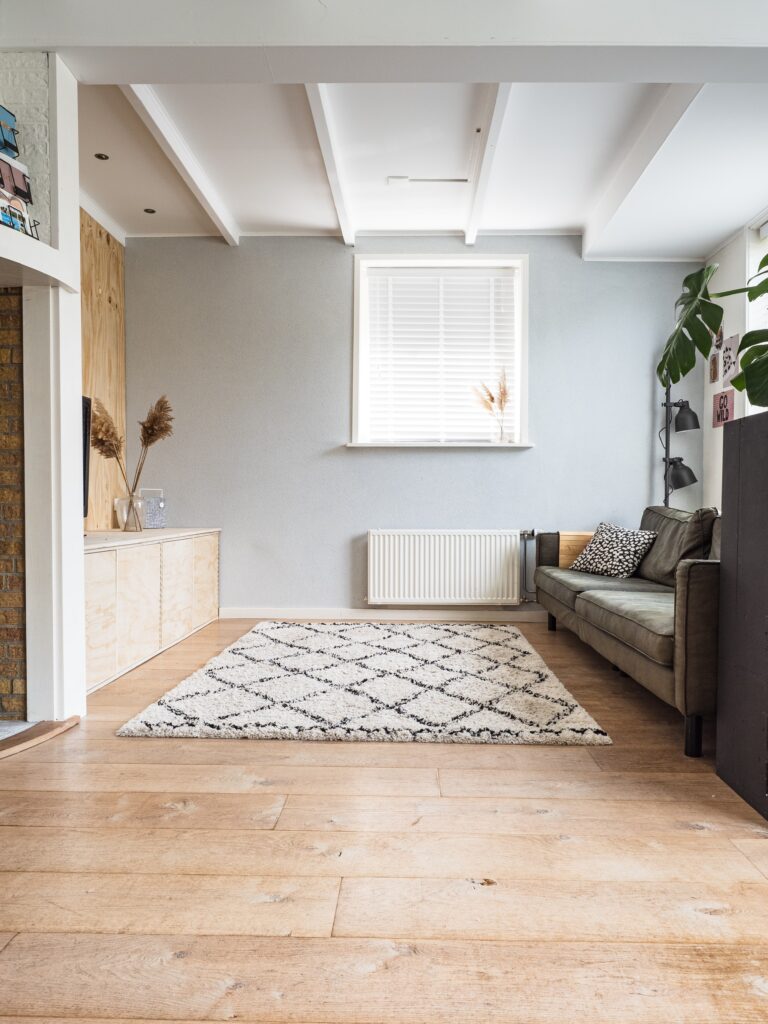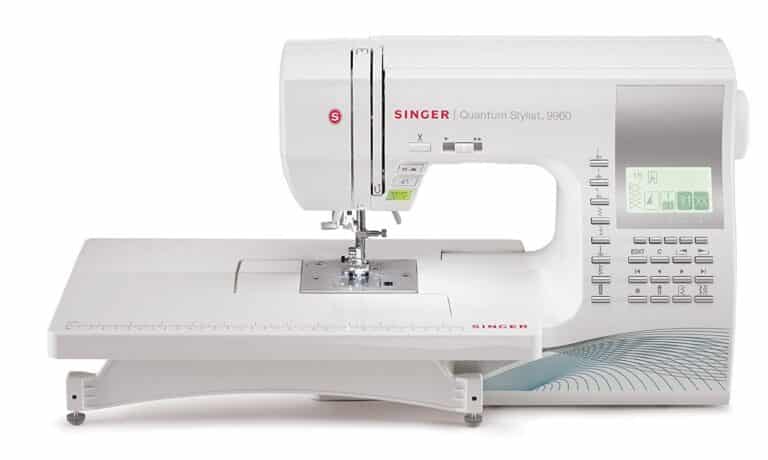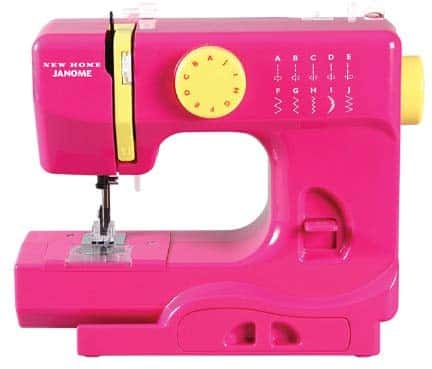Adaptive Clothing for Wheelchairs and Prosthetics
Adaptive clothing for wheelchairs and prosthetics is the new focus of the fashion industry as more special needs customers with physical disabilities vote with their pocketbooks. It may take a village to raise a child, but the disabled community has brought attention to the clothing options needed for those with limited mobility,

Adaptive clothing should feature any of these adaptive designs
easy closure, such as velcro closures
open back tops
soft fabrics
side openings
flat seams
magnetic buttons
elastic waists for pants
thick patches over knees for prosthetics
wide leg openings
Table of Contents
Who makes a line of adaptive clothing for wheelchairs and prosthetics?
ABL Denim specializes in soft, easy-to-put-on jeans that don’t cause pressure sores and feature accessible pockets for wheelchair users.
Ag Apparel has a little bit of everything, from adaptable swimwear coverups to made-to-measure items, but its cardigans, capes, and coats for wheelchair users stand out for older folks.
Since 1978, Buck & Buck has sold adaptive apparel for men and women with sensory issues, including velcro-closure trousers and shirts for quicker dressing, as well as zipper-back garments for dementia patients who need help staying dressed during the day.
Adult undergarment changes are made easier for the wearer and caregiver with CareZips‘ easy-to-access casual pants.
Janska specializes in fleece clothing, such as the renowned EasyWear jacket for men and women.

Magna Ready specializes in men’s button-down shirts with magnetic closures.
Target has sensory-friendly apparel for both men and women that has different features for people who have autism, shingles, or other skin conditions that make traditional materials and clothing uncomfortable. Some of the women’s jeans in the collection have a higher rise.
Designer jean jackets with magnetic fasteners, t-shirts and shifts with shoulder holes for easier dressing, and classic sheath dresses with magnetic seams are all available in Tommy Adaptive by Tommy Hilfiger.
If a new wardrobe isn’t in the cards for your family, concentrate on the pieces that your parent wears the most and explore modifying the items in their closet that they don’t wear as much, such as adding a long sleeve.
Adaptive Clothing Alteration Resources
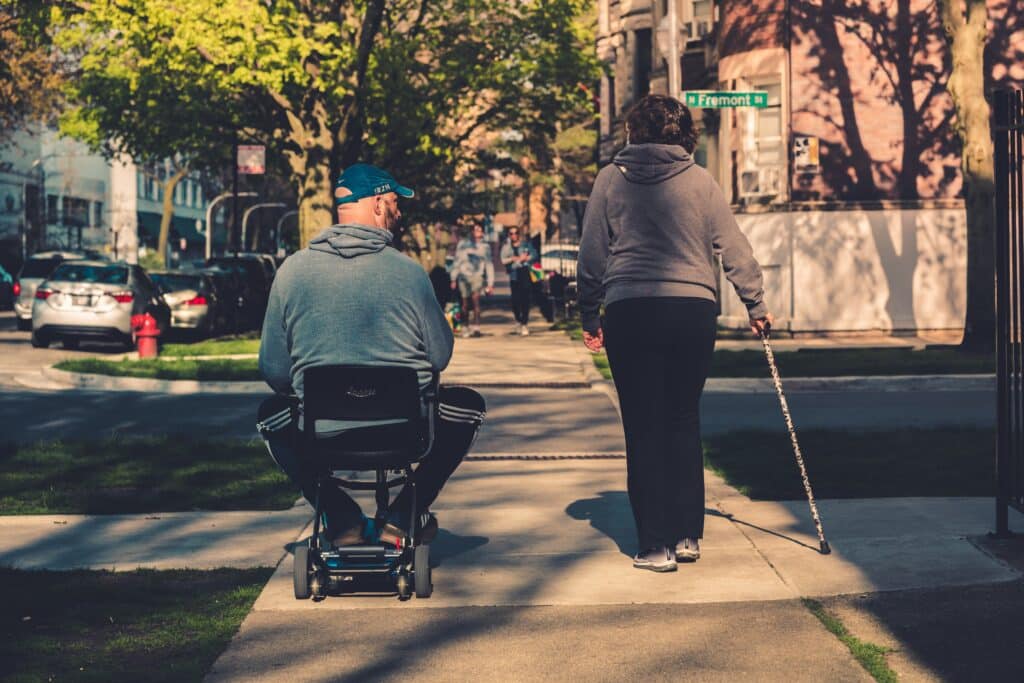
If you know how to sew, you might be able to improve the fit and ease of dressing of some of your parents’ favorite garments. For example, opening out the side seams of tops a few inches at the bottom can help wheelchair riders stay covered without bunching or dragging the shirt hem.
The Independent Living Institute in Sweden maintains a website with free step-by-step instructions for changing hoodies, jackets, slacks, and shirts for wheelchair users, as well as rain and winter clothing.
Threads Magazine also includes a long list of adaptive sewing recommendations, such as putting pockets in easy-to-reach spots and avoiding seams in areas where pressure sores can form.
Easy-to-Use Dressing Instruments
You can assist your parents in dressing more readily even if they don’t have a new wardrobe by obtaining these adaptive items. Here are a few to consider if they can readily use lightweight hand tools:
A grabber, the kind you get at the drugstore, is another gadget that comes in handy for picking up clothing from the floor or removing them from a hook.
Buttonhooks allow you to insert a wire loop into a buttonhole, catch the button, and pull it back through. Combination tools with a buttonhook on one end and a zip puller on the other are sometimes available.
Dressing sticks resemble small canes with an s-shaped head and can be used to put on jackets, pull-on pants, and shirts, among other things, with a little effort.
When you can’t bend easily at the waist, long-handled shoehorns come in handy for putting on shoes.
Zip pullers make it easier to zip pants and dresses by looping a hook through the little pull of a typical zipper.
There are a plethora of other products available to assist family caregivers with everything from putting on bras to pulling up socks. The Disabled Living Foundation in the United Kingdom provides a comprehensive guide to selecting clothing and dressing aids in their factsheet.
If you’re worried that the rise in adaptive clothes is just a trend, know that designers train expressly for this type of wardrobe every year.
The Open Style Lab in New York City brings together designers, design students, engineers, therapists, and senior care communities to create new garment styles for persons with various physical needs.
What does it mean to wear adaptable clothing for wheelchairs and prosthetics?
Adaptive clothing, as the name suggests, is designed to fit a variety of conditions and demands. According to the Centers for Disease Control and Prevention, one out of every four persons in the United States (26%) has “some form of handicap.” which could benefit from assistive technology.
While their wardrobe requirements are likely to be varied, they are all motivated by a desire to seem fashionable and express themselves via fashion.
Mindy Scheier, the founder of Runway of Dreams and a former Saks Fifth Avenue stylist, talks with prominent fashion manufacturers on a regular basis to explore how they might incorporate adaptive alternatives into their present products for medical devices and even develop new lines for individuals with disabilities.
Chelsie Hill, a dancer, and model, told NBC News Shopping that she sees a lot of demand for apparel with larger necklines and magnetic fasteners instead of typical buttons and zippers, such as this Tommy Adaptive Performance Polo.
This permits folks who have difficulty moving their arms or who require assistance dressing to do so with fewer motions. According to Scheier, the goal of adaptable clothing is to keep as many stylish components as possible, such as fitted cuts, trendy designs, and colors.
The Adaption Adaptive Pants, for example, have a tapered waist and lower pockets with magnetic leg openings that keep the pants from bunching up when the wearer sits in a wheelchair.
Consider a hem that can be adjusted. It may be raised four inches to suit people who use wheelchairs or have prosthetic limbs. Scheier wishes to see more manufacturers make these kinds of tweaks so that people with impairments can wear some of their current products.
“It’s not about reinventing the wheel,” Scheier explained, “but rather adjusting what already exists to make dressing easier for a broad audience so that everyone can wear the same product with minor adjustments.”
Where can I find adaptable clothing for wheelchairs and prosthetics?
Oliver Scheier, Scheier’s son, was the catalyst for the foundation’s creation. Scheier began seeking jeans that would fit over his leg braces after the then-eight-year-old told his mom he wanted to wear regular clothing like his classmates despite suffering from a rare form of muscular dystrophy.
Despite the fact that they ended up changing a pair with basic sewing supplies and scissors, Scheier has used the anecdote to encourage manufacturers to embrace adaptive fashion ever since.
Scheier teamed with Tommy Hilfiger for a line of adaptable apparel for kids in 2016 and has been lobbying for additional mainstream businesses to tap into the $490 billion in disposable cash that individuals with disabilities report having each year.
Adaptive clothing, she argues, belongs in the same easy dressing category as plus-size and maternity gear. According to Scheier, brands may not only access a new market by leaning in, but they can also play a critical part in changing how people with disabilities are regarded – as trendy, self-sufficient members of society.
“That is the beginning of transforming how individuals with any type of disability are viewed around the world,” she remarked. “I can’t think of a better method to do that than through well-known mainstream companies in our society.”
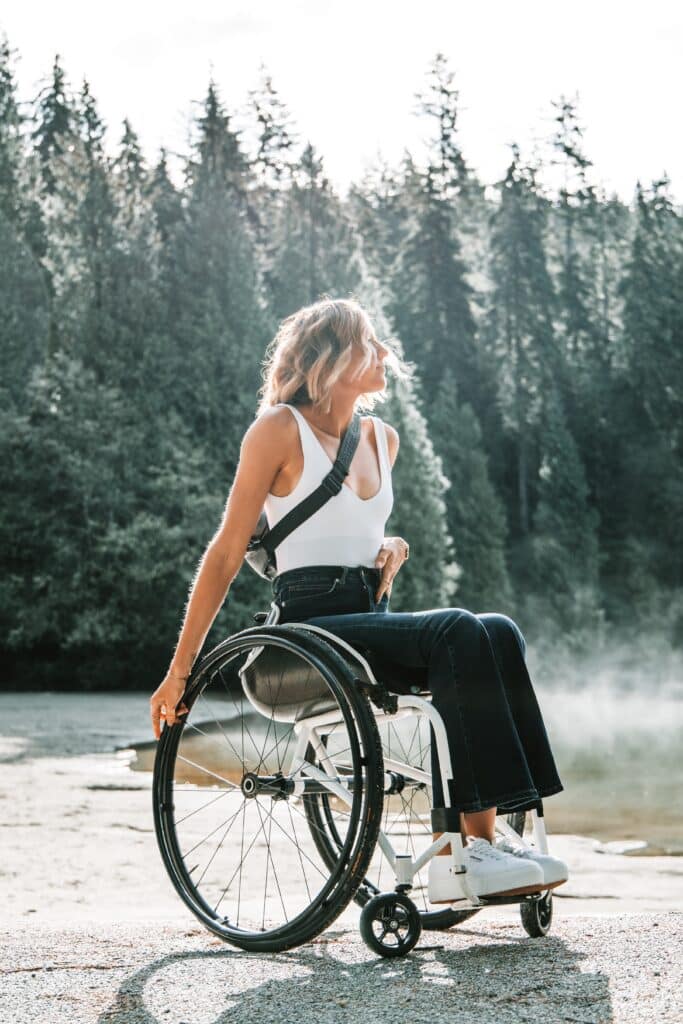
1. Tommy Hilfiger Adaptive Sleeveless Stripe Dress

Tommy Hilfiger is the most stylish adapted clothing accessible right now.
Tommy Hilfiger was one of the first mainstream manufacturers to invest in adaptable clothing, launching its first range for disabled children in 2016. The company expanded its service two years later to include adaptable clothing for adults.
They have hoop and back closures, magnetic zippers, and modified hems, all in the brand’s typical American prep-school design. The larger neckline on the Sleeveless Stripe Dress is also a plus.
According to Gary Sheinbaum, CEO of Tommy Hilfiger Americas, “Front and back closures, velcro-like closures, modified leg openings and hems, closures held by magnets on shoulders and arm openings, pant closures with magnetic flies, and zippers” are among the design changes.
“We have pants that are taller in the rear and lower in the front to make dressing easier for wheelchair users.”
2. Ugg Fluff Yeah Slide, No. 2
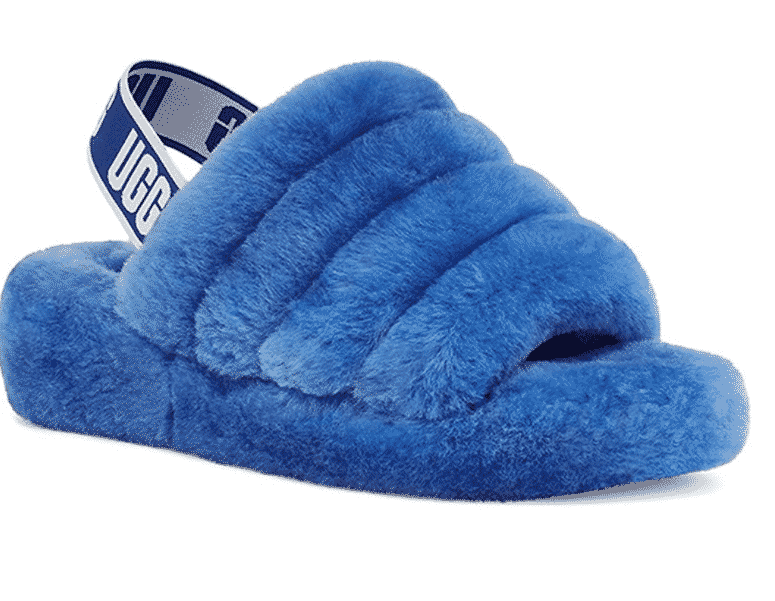
The Yeah Slides’ warm plush feels very soft, and the open toe and back strap make them easy to take on and off; they also come in colorful hues including bougainvillea, seashell pink, and neon yellow.
The slides, as well as a variety of other accessible footwear, are available on Zappos Adaptive, a section of the online shoe retailer’s site dedicated to people with disabilities. “Bump toe” shoes, for example, have an extra layer of protection around the toe for people who frequently hit the ground when getting in and out of a wheelchair.
3. American Eagle Slick Chicks Adaptive Bikini Underwear (NORDSTROM)
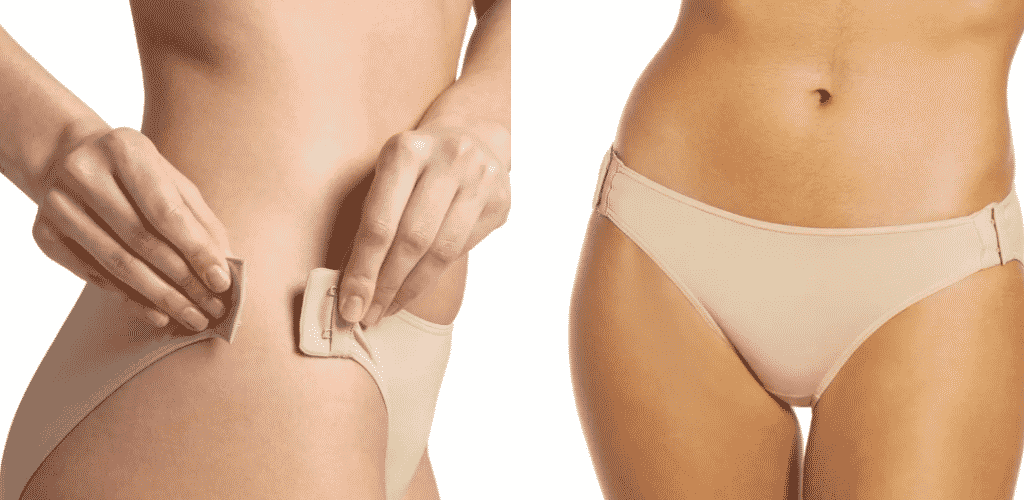
In early 2020, American Eagle expanded its product line to include apparel for people with disabilities. Its Slick Chicks line of women’s underwear features side fasteners that make it easy for persons who spend a lot of time sitting as well as those who may need assistance to go around.
4. Seated High-Rise Ponte Leggings (Seven7)
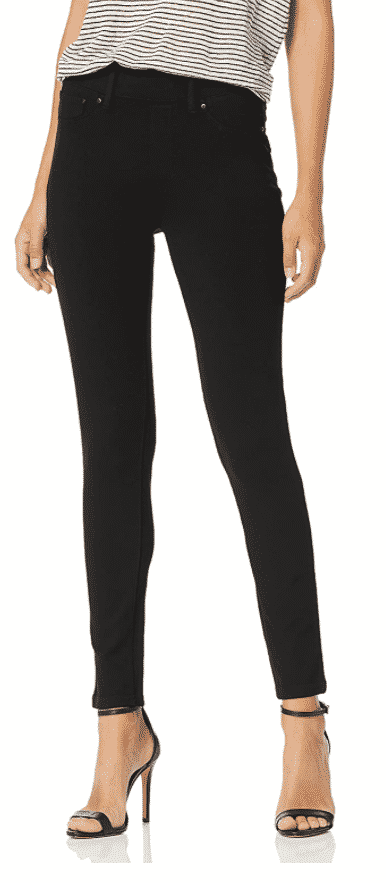
According to Hill and Scheier, stylish pants are one of the most difficult items of apparel to come by for those with mobility-related limitations. They both agreed that many sitting pants, which are designed with pockets in a lower position to keep the person seated from bunching up, come in formless forms and colors that are excessively loud or garish.
These leggings have a tapered leg design with side pockets, allowing for more comfortable dressing and undressing.
5. FFORA Classic Ffora Set
Ffora (an anagram of Fashion For All) was founded by Lucy Jones, a Parsons design graduate and former Eileen Fisher employee who specializes in making stylish accessories for people who use wheelchairs—everything from bright wallets that hook onto mobility devices to accessible tumblers and wine glass holders.
Every item is designed to be used both normally and with a specific gold or silver metal attachment offered separately, that can be attached to the lower tubes of a wheelchair. Wallets and bags have hooks that hook onto the attachment, as well as standard cross-body straps. While the package is less expensive, each component can be purchased separately.
“We have to make our product line really open-ended so that it can move on the fly and adapt when the consumer requires it,” Jones explained.


